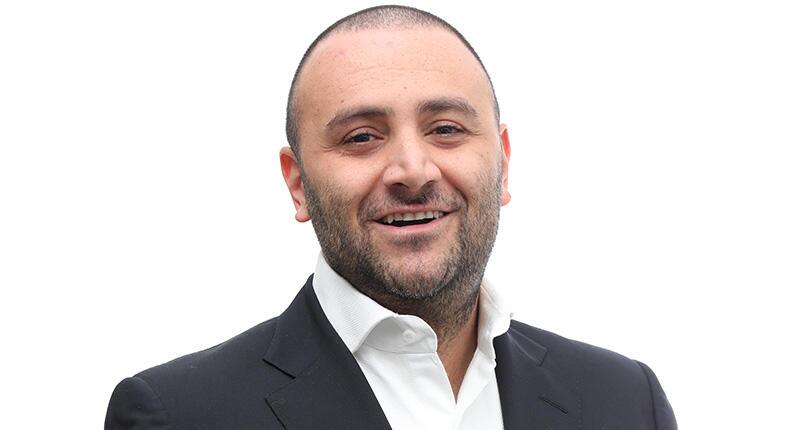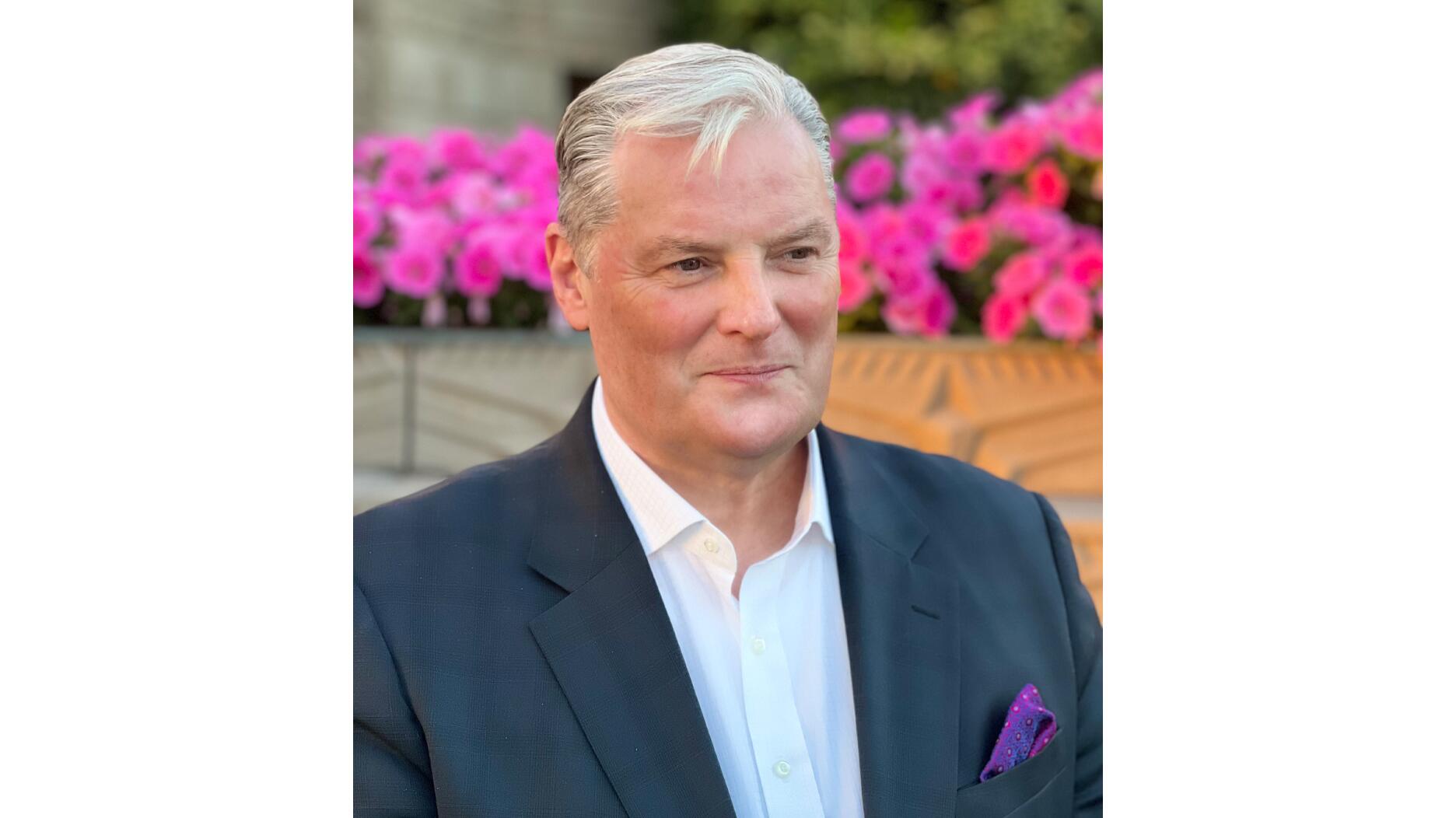Carlos Jose Hernandez and Joshua Zuazo were sentenced to life without the possibility of parole in the 2024 murder of Hussein “Sam” Murray.
Squirrel Spotting: 6 Selling Pointers for the Season
Ahead of the holiday rush, Peter Smith is dispensing advice on priming, the paradox of choice and asking the right kind of questions.

Last month, I wrote about the importance of having the right product on display during the months of November and December.
Today, it’s on to selling with this list of a half-dozen tips for salespeople on the importance of speed, presentation and, finally, asking for the sale.
1) In/Out Fast
In/out is not just a burger joint; it’s also a philosophy, or at least it should be.
One of the biproducts of two decades of internet ubiquity is that we are more protective of our personal time today than at any point in the past. The irony of wanting more time to ourselves so we can spend hours on Twitter, Instagram, LinkedIn or some other social media platform is hardly the point.
The desire to protect our “me” time is also multi-generational. It is not just a millennial or Gen-Z trait.
I visited a 7-Eleven recently and when I found myself getting agitated because there were two people in front of me waiting to check out, I had to give myself a reality check. How long does it take the average customer to complete a transaction at 7-Eleven, 90 seconds?
In “Decoding the New Consumer Mind,” Kit Yarrow wrote: “Waiting to check out feels like punishment to shoppers. Not that shoppers have ever liked waiting, but today it feels personal.”
If a customer decides to spend time in your store trying on jewelry and playing dress-up, have at it. If he or she is enjoying a beverage and seems happy to engage in whatever banter you have going, great.
Absent that, rewire your expectation to calibrate with what most of us want in today’s environment—to get in, get our business done and get out as quickly as possible.
2) Priming
We are exposed to the effects of priming every single day. Some would refer to effective advertising as priming, but it is much more subtle and nuanced than that.
It happens when we smell popcorn before we enter the movie theater, making it more likely that we will buy popcorn. It happens when we smell coffee as we pass a Starbucks, increasing the probability that we will decide to treat ourselves to a cup.
Priming works by subliminally orienting our brains to want what, possibly before we even
That question alone does two important jobs.
No. 1, it sends a signal to your brain that you are going to buy, thereby increasing the likelihood that you will make a purchase. Research shows that we are 18 percent more likely to buy something if someone asks us if we are going to do so.
No. 2, it invites you to conjure an image in your mind of the person you are shopping for, underscoring the emotive aspects of the visit. This is no less effective when a customer is buying a piece for themselves, as it can remind the customer why he or she has decided to reward themselves with an important purchase.
3) Open-Ended Questions
As with the priming question, we are always going to get more engagement and more relevant information from asking open-ended questions.
While we practice having the right answers to customer questions all the time, we would be better off practicing the art of asking good open-ended questions.
Having a prepared list of questions that can be tapped into is as important as a tradesperson having his or her tools on the job. Including the important priming question previously mentioned, other examples might include the following.
- “How would you describe her personal style?”
- “What have you bought in the past that worked very well?”
- “When is she most likely to wear this?”
- “What’s most important to you about this purchase?”
Open-ended questions serve as a mutual discovery for salespeople and customers alike.
4) The Paradox of Choice
Let me be as clear as I possibly can in saying it is not better for customers when you show them more stuff.
Christophe Morin and Patrick Renvoisé wrote in “The Persuasion Code” that: “The primary function of the primal brain is to accelerate decisions, and we do that best when we have limited options.”
The authors talked about the fact that while our brains amount to about 2 percent of our body mass, they consume about 20 percent of our body’s energy.
To that end, anything that enables our customers to have options, which are absolutely fundamental, but not too many options is best.
The more the options increase, the more difficult it is for the customer to make a buying decision.
In “Talk Less, Say More”, Connie Dieken wrote: “If you want someone to make a choice without delay, preload three choices. In other words, give them three ready-made options. This technique speeds up the dynamics of decision-making. Since the conscious mind loves three, the receiver will feel satisfied that they have plenty of alternatives, but they won’t feel so overwhelmed that they delay or resist making a choice altogether.”
If you feel strongly that three options are too few, you may want to revert to the segment on open-ended questions to make sure that you are not using product to do the job that good questions ought to be doing.
Product-dumping is a poor substitute for human engagement.
5) Contrast Principle
Oren Klaff wrote in “Flip The Script” that, “Ever notice how websites always seem to give you three different price levels? Companies today know that when presented with three ascending options, the vast majority of people will choose the middle one.”
The old term for what is more typically known today as the contrast principle is “anchoring.”
The basic premise is that by presenting three different price points to the customer, the highest price makes the middle price appear much more appealing. That holds true, even as that middle option might be 50 percent or more of what the customer had indicated as his or her target budget.
For instance, if a customer tells you his or her budget is $5,000, your three options would be: $5,000, $7,500 and $10,000. In that situation, research has shown that customers select the middle option.
If a customer suggests his or her budget is $1,000, your three options would be: $1,000, $1,500 and $2,000, again with the expectation that the customer will select the middle option.
For a salesperson, the easiest approach is to take the customer’s budget and use that price point as the base option, double that price as a second (highest) option, and split the difference for the third (middle) option.
This communicates to customers that you heard them when they gave you their budget but you also respect their ability to spend beyond it, and, lastly, that you are giving them an accessible middle option.
As Dan Ariely wrote in “Predictably Irrational,” his 2008 book, “We like to make decisions based on comparisons.”
So, give your customer three options and three price points and simplify their decision-making process.
6) Ask for the Sale
No matter how long we have drilled the importance of asking for the sale, it is remarkable how many salespeople fail to do so on a regular basis.
Research shows customers are apt to make a buying decision about 70 percent of the time when a salesperson confidently asks for the sale. Of course, doing so presumes we have earned the right to ask that question; otherwise, we are merely throwing stuff against the wall.
John Kawhon, wrote in “Selling Retail” (1986), the seminal book on sales, “If you lack confidence in your closing techniques, you will radiate that fear when you ask for the order. You can bet your last dime that your fear will make your customer equally fearful of saying yes.”
So, go right ahead and ask for that sale. If you’ve done your work, you’ve have earned it.
Have a great holiday season!
Peter Smith is president of Memoire and author of two books, “Hiring Squirrels: 12 Essential Interview Questions to Uncover Great Retail Sales Talent,” and “Sell Something: Principles and Perspectives for Engaged Retail Salespeople.” Both books are available in print or Kindle at Amazon.com. Connect with Smith on LinkedIn or at dublinsmith@yahoo.com.
The Latest

Yood will serve alongside Eduard Stefanescu, the sustainability manager for C.Hafner, a precious metals refiner in Germany.

The New Orleans jeweler is also hosting pop-up jewelry boutiques in New York City and Dallas.

How Jewelers of America’s 20 Under 40 are leading to ensure a brighter future for the jewelry industry.

Set in a Tiffany & Co. necklace, it sold for $4.2 million, the highest price and price per carat paid for a Paraíba tourmaline at auction.


The jeweler’s “Deep Freeze” display showcases its iconic jewelry designs frozen in a vintage icebox.

Take luxury gifting to new heights this holiday season with the jeweler’s showstopping 12-carat sphene ring.

Roseco’s 704-page catalog showcases new lab-grown diamonds, findings, tools & more—available in print or interactive digital editions.

This year's theme is “Unveiling the Depths of the Ocean.”

In its annual report, Pinterest noted an increase in searches for brooches, heirloom jewelry, and ‘80s luxury.

Starting Jan. 1, customers can request the service for opal, peridot, and demantoid garnet.

The 111-year-old retailer celebrated the opening of its new location in Salem, New Hampshire, which is its third store in the state.

The new catalog features its most popular chains as well as new styles.

The filmmaker’s personal F.P. Journe “FFC” prototype was the star of Phillips’ recent record-setting watch auction in New York.

The new location in the Design District pays homage to Miami’s Art Deco heritage and its connection to the ocean.

Inflations, tariffs, and politics—including the government shutdown—were among consumers’ top concerns last month.

“Longtime favorite” presenters, as well as first-time speakers, will lead talks and workshops at the annual event in Tucson next year.

Silas Smith of Meridian Metalworks won the challenge with his pendant that blends Australian and American landscapes.

The sale of the 31.68-carat, sunset-hued stone was part of Sotheby’s first series of events and auctions in Abu Dhabi.

The collection features characters and motifs from Ukrainian folklore, including an enchanted mirror and a magic egg.

MatrixGold 3.11, the newest version of the jewelry design program, offers more flexibility, precision, and creative control.

The pavilion will be part of the 2026 JA New York Spring show, scheduled for March 15 to 17.

Kadet, a 1994 National Jeweler Retailer Hall of Fame inductee, helped grow the family-owned retailer in the Chicago area and beyond.

Billed as the world’s smallest wearable, Lumia Health’s new smart earrings have a health tracker subtly embedded in the back.

Don’t let those with December birthdays feel blue. Help them celebrate their month with blue zircon, turquoise, and tanzanite.

The new pink sapphire version of the piece dances with its wearer in the brand’s “Icons After Dark” holiday campaign.

A choice that’s generated a lot of commentary, Pantone says “Cloud Dancer” marks a fresh start and encourages relaxation and creativity.



























